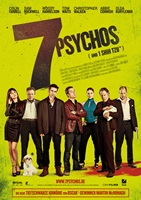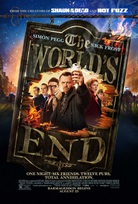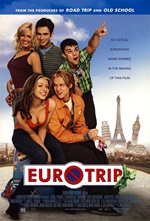Welcome to our penultimate “What’s So Funny?” episode; this week we’ve got a Neil Simon-penned (or more likely typewritered) little number, the spiritual sequel, sort of, to a movie both Mike and I really enjoy, “Murder By Death,” another Neil Simon creation. This one focuses more on one genre: the hard-boiled detective movie, more specifically, the hard-boiled Humphrey Bogart detective movie. I mean, the detective in the movie is hard-boiled, not Humphrey Bogart. Hard-boiling Humphrey Bogart would be horrible. Really. Everyone knows that you should pan-sear your Humphrey Bogart for optimum flavor and mouth-feel. Mmmm . . . delicious first-half-of-the-twentieth-century-acting flavor . . . Oh, um, sorry, where was I, why am I drooling . . . anyway, give a listen and see if Mike and I think this one lives up to its predecessor or if it’s a case of cinematic . . . muuuuurrrrrrddderrrrrrr.
Poll question: what’s your favorite musical moment in a movie, either a staged number or spontaneous playing or singing?

Podcast: Play in new window | Download
Subscribe: RSS







